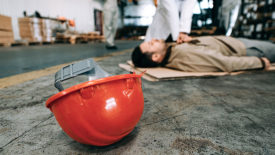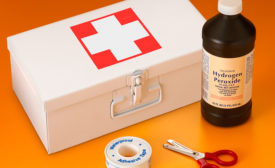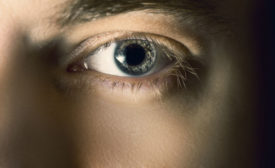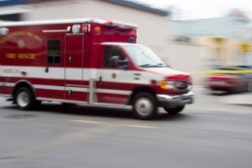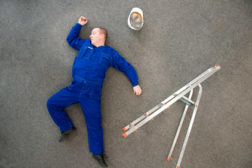Home » injuries
Articles Tagged with ''injuries''
Day of Mourning: Remember the dead, commit to prevention
Remembering lives lost or injured in the workplace
March 28, 2013
25 percent of fatal falls at work involve a fall of 10 feet or less
Falls over 30' cited in 25 percent as well
March 11, 2013
Get our new eMagazine delivered to your inbox every month.
Stay in the know on the latest safety trends.
SUBSCRIBE TODAYCopyright ©2024. All Rights Reserved BNP Media.
Design, CMS, Hosting & Web Development :: ePublishing
